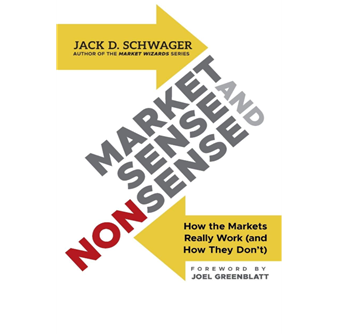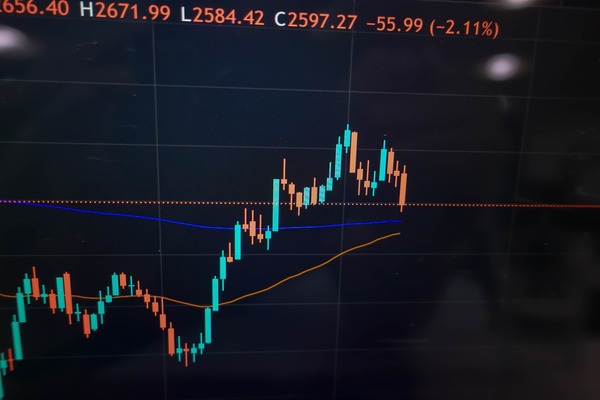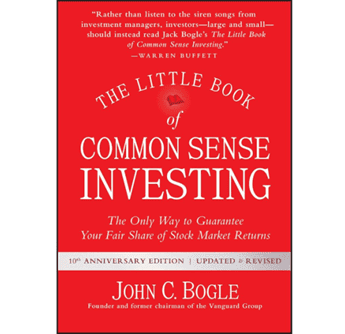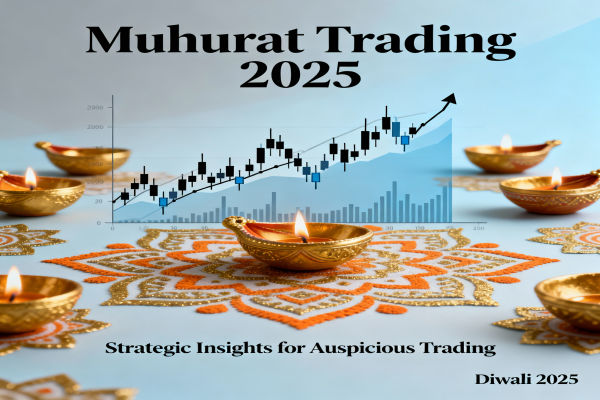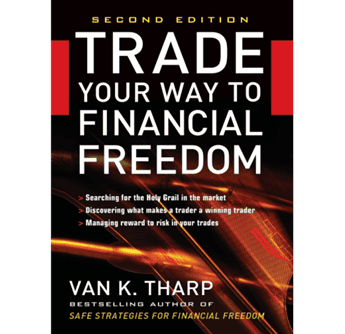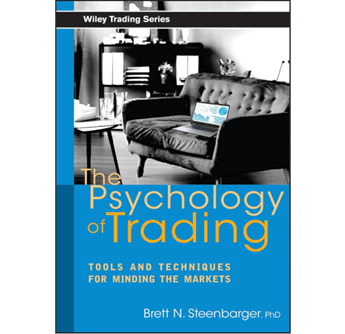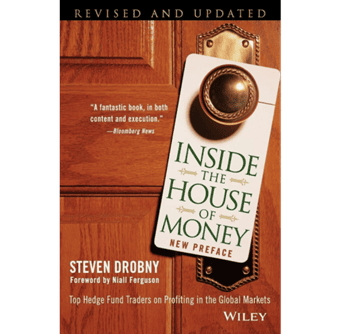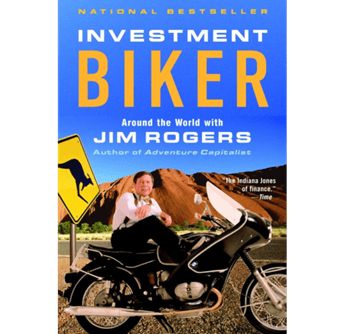
Clear thinking is the rarest edge in investing — and Jack D. Schwager's Market Sense and Nonsense (Wiley, 2012) stands as one of the most rigorous guides to developing it.
Best known for his Market Wizards series, Schwager turns his analytical lens inward, exposing how myths, misinterpretations, and behavioural biases distort investors' understanding of markets.
At its heart, Market Sense and Nonsense asks a fundamental question: what truly matters in investing, and what is merely noise?
Drawing on decades of research and interviews with top-performing money managers, Schwager dismantles many of the industry's cherished beliefs — from the reliability of expert forecasts to the supposed efficiency of markets — and replaces them with evidence-based reasoning.
This article distils the key lessons from Market Sense and Nonsense — how to distinguish fact from fiction, rethink risk and performance, grasp the realities of diversification and leverage, and apply disciplined behaviour for lasting investment success.
Decoding the Market Maze: Recognising Sense Amidst Nonsense
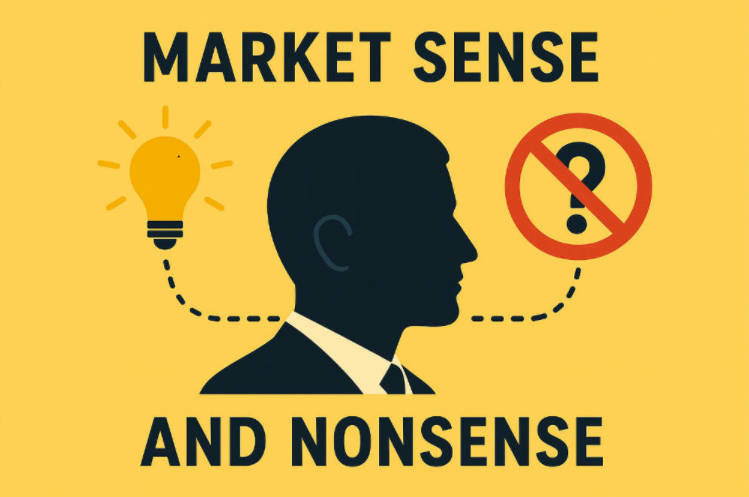
At its core, Market Sense and Nonsense addresses the essential question: what truly matters in investing versus what is merely noise? Schwager emphasises that markets are complex systems where conventional wisdom often fails.
Objective of the book:
To separate factual, actionable insights from misconceptions and hype.
Target audience:
From professional investors and fund managers to students of finance and informed individual investors.
Structure:
The book is divided into three parts: fundamentals and myths, manager behaviour and alternative investments, and portfolio construction with performance analysis.
Key takeaway: Not all advice is created equal. Understanding what constitutes market sense—and what is pure nonsense—is critical to long-term success.
Dissecting Market Myths: Foundations of Market Sense and Nonsense
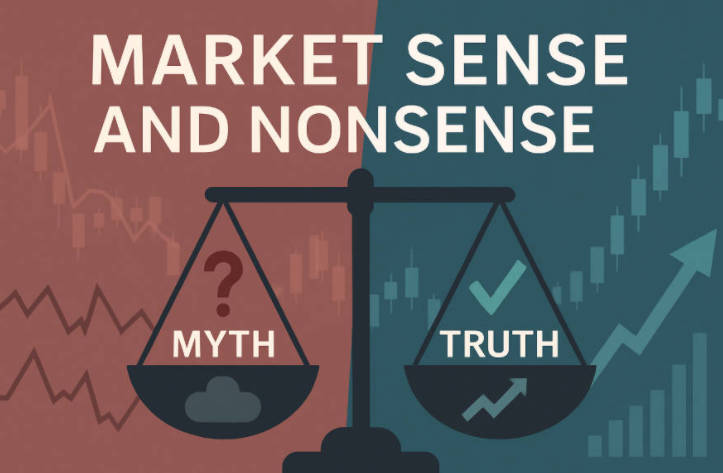
Investors are frequently misled by overconfidence in forecasts, flawed metrics, and behavioural biases. Schwager's work highlights the most pervasive myths.
1. The Limits of Expert Forecasting
Financial experts and media pundits can influence market sentiment, but short-term predictions rarely yield consistent profits. According to Schwager:
Experts often fail to account for market randomness.
Following "hot tips" can increase exposure to risk rather than enhance returns.
Skepticism is essential when evaluating any forecast.
2. Efficient-Market Hypothesis vs. Reality
The efficient-market hypothesis (EMH) posits that markets fully reflect all information. However, Market Sense and Nonsense demonstrates that:
Markets are only partially efficient; mispricings exist but are often fleeting.
Investors can exploit inefficiencies, but only with careful analysis and risk awareness.
Blindly assuming EMH leads to overconfidence and potential losses.
3. Understanding Risk Beyond Volatility
Many investors equate risk with volatility, but Schwager distinguishes between the two:
| Concept |
Definition |
Common Misconception |
Schwager's Perspective |
| Volatility |
Statistical measure of return fluctuations |
High volatility = high risk |
Not necessarily; risk is loss potential relative to objectives |
| Risk |
Potential for permanent loss |
Risk = standard deviation |
True risk is the probability of adverse outcomes affecting investor goals |
This differentiation is a cornerstone of Market Sense and Nonsense.
4. Diversification: More than Just a Numbers Game
Diversification is often touted as the ultimate risk hedge, but simple metrics like correlation can be misleading. Schwager highlights that:
True diversification requires assessing tail risk, liquidity, and scenario analysis.
Over-diversifying or relying solely on historical correlations can create hidden vulnerabilities.
5. Evaluating Manager Performance
Past performance is not always indicative of skill. Key considerations from Market Sense and Nonsense:
Analyse the driver of returns: market conditions or manager skill?
Assess risk-adjusted returns, drawdowns, and correlation to broader indices.
Avoid chasing managers after "hot" performance periods.
Alternative Investments and Behavioural Insights: Navigating Market Sense and Nonsense
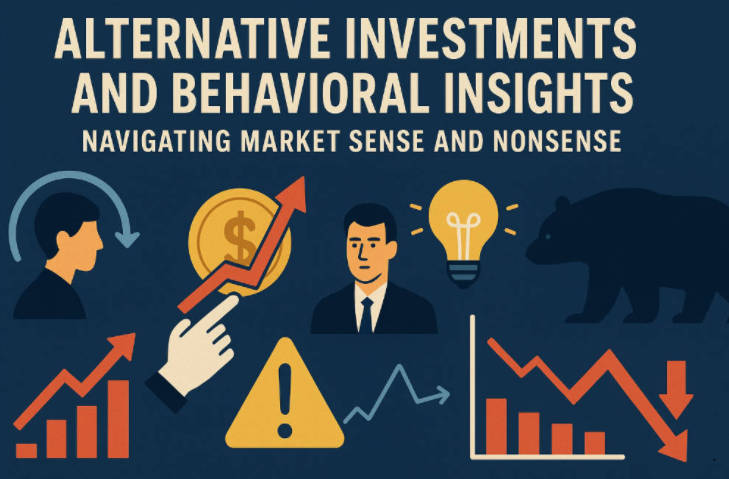
1. Hedge Funds and Managed Accounts
Hedge funds offer diversification beyond traditional long-only portfolios but come with caveats:
Benefits: low correlation to equities, potential for absolute returns.
Drawbacks: higher fees, lower transparency, liquidity constraints.
2. Leverage and Derivatives: Double-Edged Tools
Leverage magnifies returns but also amplifies losses. Schwager emphasises that:
Context is crucial—used judiciously, leverage can manage risk.
Derivatives are not inherently dangerous; misuse and misunderstanding are the risk factors.
3. Behavioural Pitfalls
Both investors and managers are prone to biases:
| Bias |
Effect on Decision-Making |
Market Sense and Nonsense Insight |
| Overconfidence |
Overestimating skill |
Leads to excessive risk-taking |
| Survivorship Bias |
Only seeing successful funds |
Inflates perception of success |
| Herd Behaviour |
Following trends |
Can amplify market nonsense |
4. Market Regimes and Strategy Sensitivity
Investment strategies are not universally effective:
Portfolio Construction: Implementing Market Sense and Nonsense

1. Objectives and Return/Risk Optimisation
A well-constructed portfolio prioritises risk-adjusted returns rather than chasing raw returns. Schwager stresses:
2. Asset Allocation, Diversification, and Rebalancing
3. Performance Measurement and Risk Control
Key measures include:
4. Real-World Implementation
Practical considerations often overlooked:
5. Discipline and Behavioural Management
Even the best strategy fails without discipline:
Avoid chasing performance.
Recognise emotional biases.
Stick to evidence-based principles from Market Sense and Nonsense.
Lessons from Market Sense and Nonsense: Practical Takeaways

Schwager summarises key lessons:
Markets are complex, and conventional wisdom often misleads.
Risk is multi-dimensional; volatility alone is insufficient.
Past returns do not guarantee future performance.
Diversification, rebalancing, and risk management are indispensable.
Behavioural awareness separates market sense from nonsense.
Applying these principles enables informed, disciplined, and evidence-based investing.
Frequently Asked Questions (FAQ)
Q1: Are markets completely inefficient?
No. Schwager acknowledges partial efficiency but highlights inefficiencies that investors can exploit with careful analysis.
Q2: How does Schwager define risk differently from volatility?
Volatility is merely the fluctuation of returns; risk is the potential for permanent loss relative to investor goals.
Q3: Should all investors use hedge funds?
Not necessarily. Benefits exist, but costs, liquidity, and complexity require careful consideration.
Q4: If past performance isn't reliable, how should managers or funds be chosen?
Evaluate strategy, risk-adjusted returns, drawdowns, and alignment with investor objectives rather than chasing past winners.
Q5: How can individual investors apply the book's lessons?
Diversify thoughtfully, rebalance regularly, recognise hidden risks, avoid chasing "hot" funds, and maintain disciplined decision-making.
Disclaimer: This material is for general information purposes only and is not intended as (and should not be considered to be) financial, investment or other advice on which reliance should be placed. No opinion given in the material constitutes a recommendation by EBC or the author that any particular investment, security, transaction or investment strategy is suitable for any specific person.
